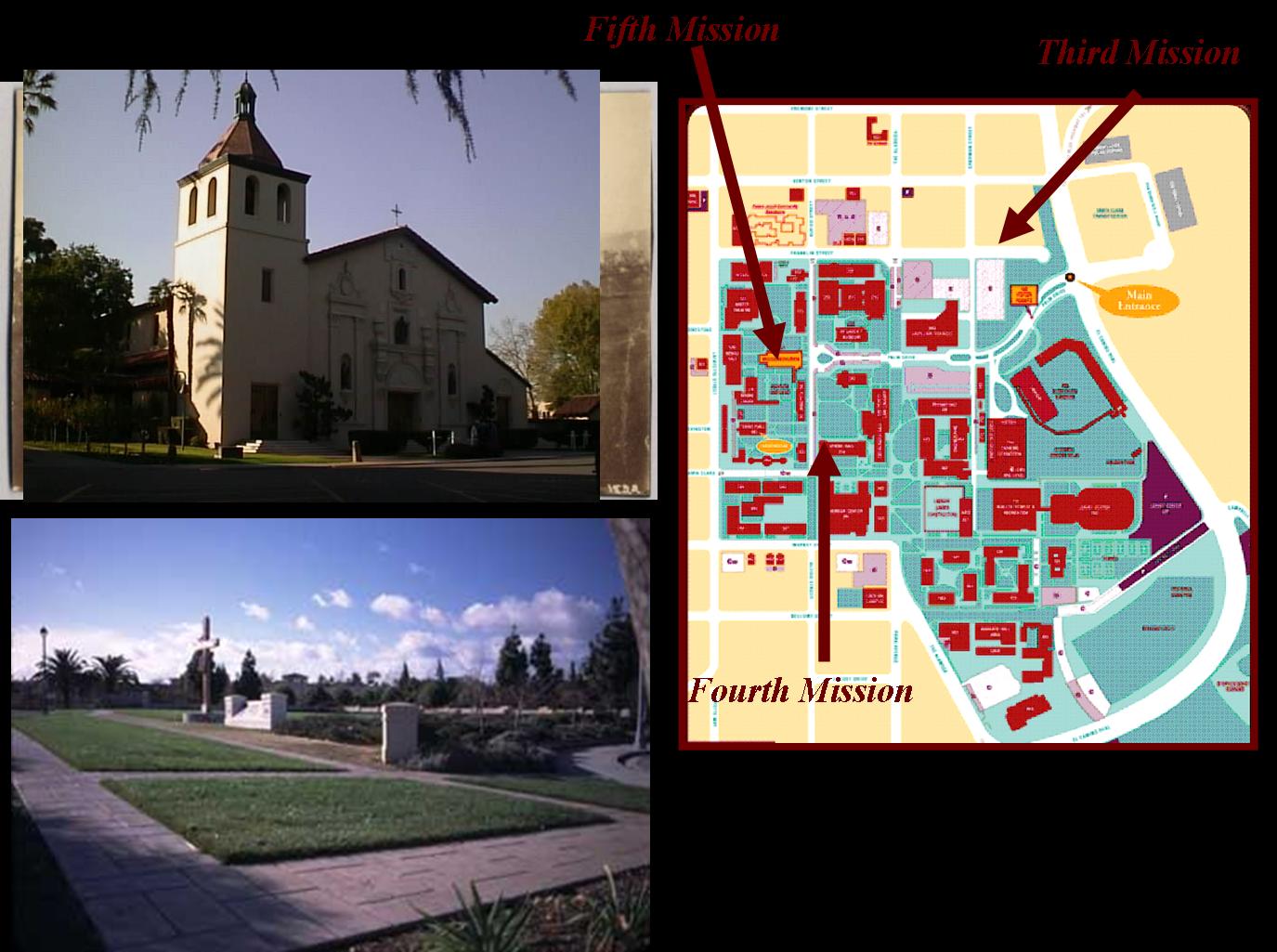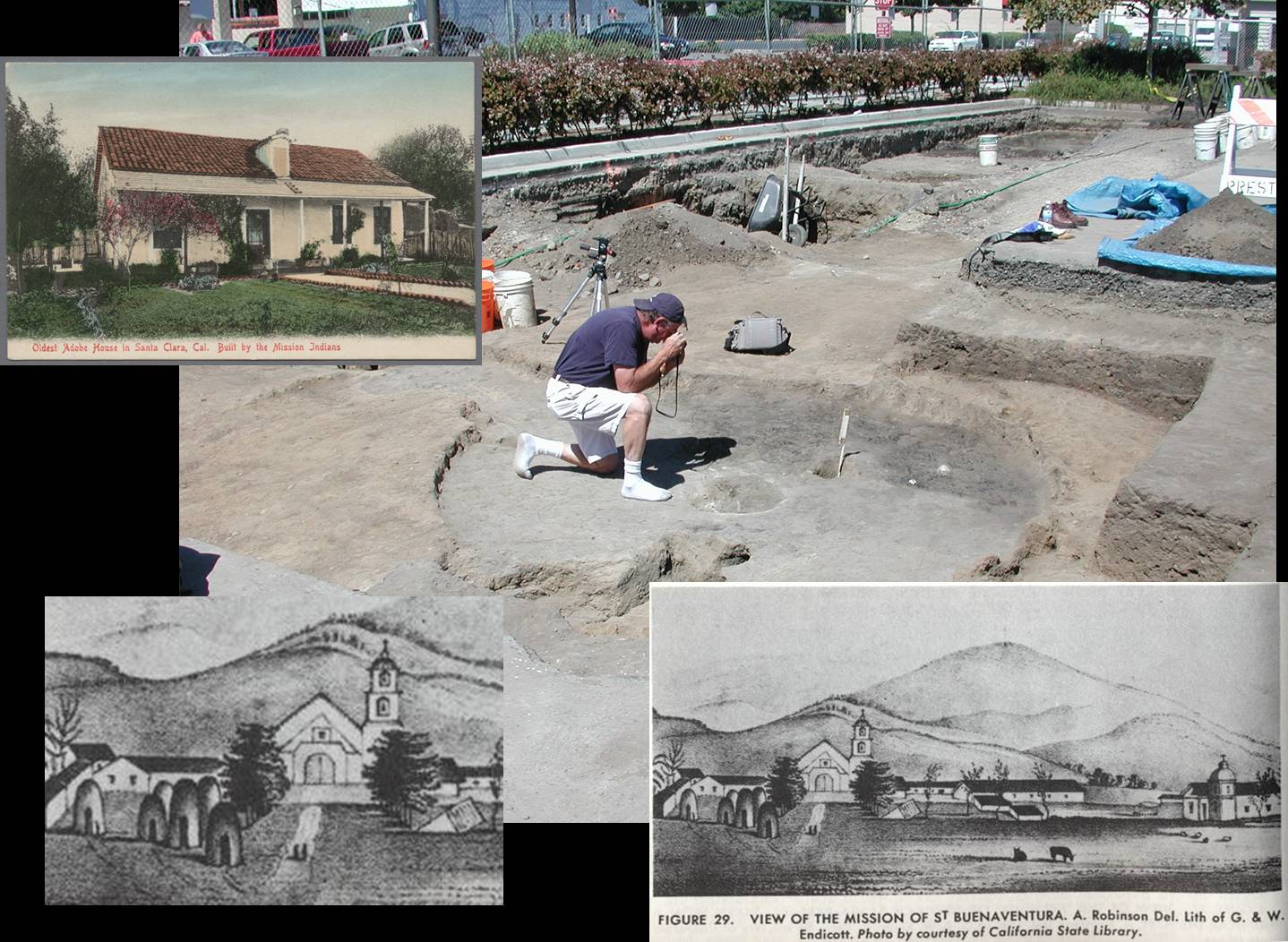Historical Archaeology in California
Santa Clara University’s Hidden Historical and Archaeological Riches
Linda Jean Hylkema, Rebecca Allen, and R. Scott Baxter
Santa Clara University, in the heart of Silicon Valley in California, is one of the smaller university campuses in the state (106 acres). It is incredibly archaeologically rich with resources. In recent years, archaeologists have uncovered and studied prehistoric burials (ca. AD 700), Franciscan and Native American sites associated with the Mission Santa Clara (1777-1836), and Mexican period (1834-1848) residential features. Discovered American period sites (1848-1920s) are associated with Germans, Italians, Mexican, Slavic, and Chinese residents and their commercial enterprises that ultimately formed the nucleus of the burgeoning city of Santa Clara (incorporated as a town in 1852 and a state-chartered city in 1862). Santa Clara College (now the University) itself was founded in 1851, and archaeological traces have been found pertaining to both curricular and extracurricular university activities.
Figure 1: Location of historic Spanish missions in Santa Clara.
Figure 2: Working at a Spanish mission site, surrounded by images of mission churches.
Author Biographies:
Linda Hylkema works with historic preservation at Santa Clara University. Rebecca Allen and R. Scott Baker investigate archaeological sites for Past Forward, Inc.
Other Links for California
Society for California Archaeology: www.scahome.org





